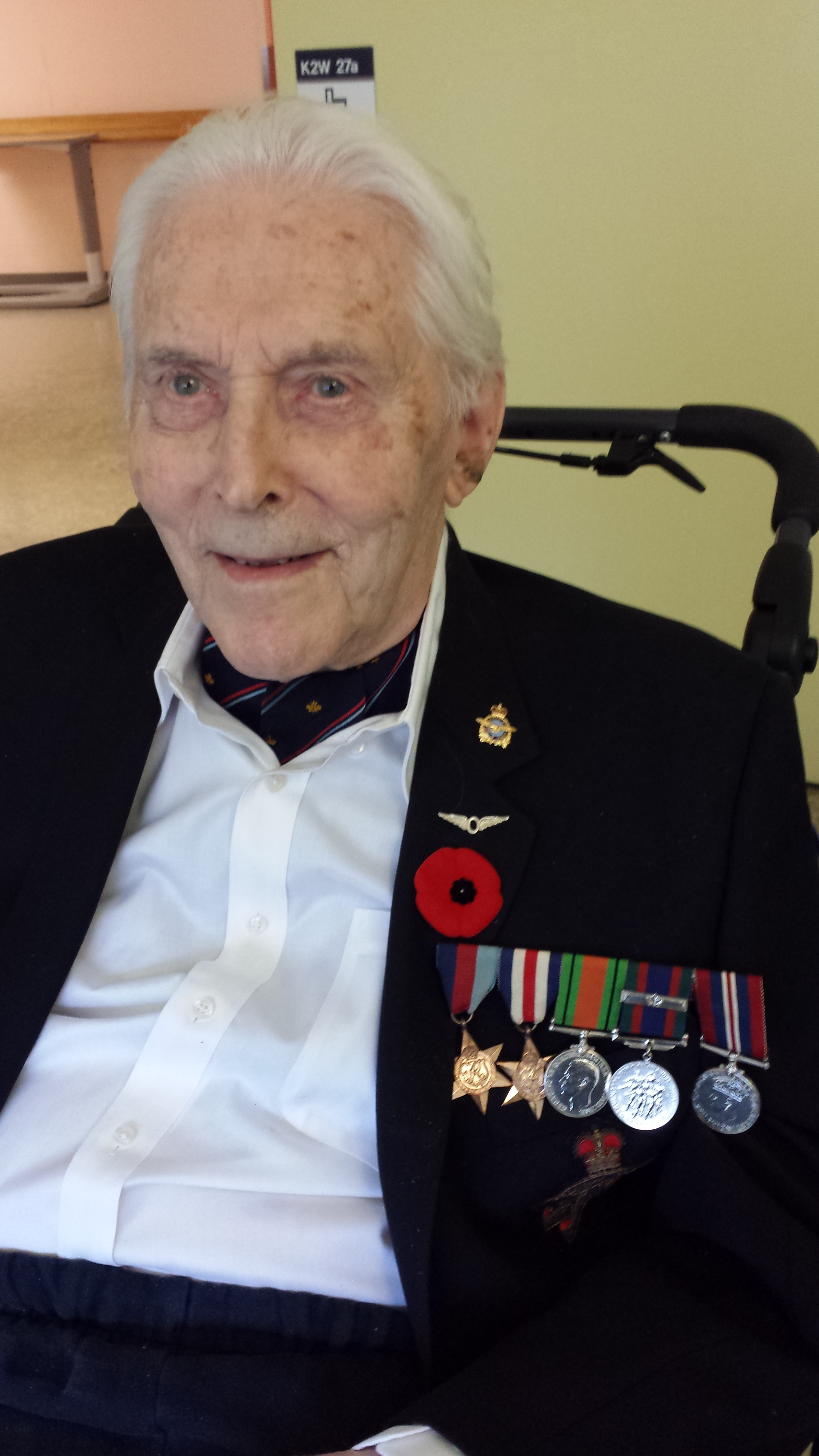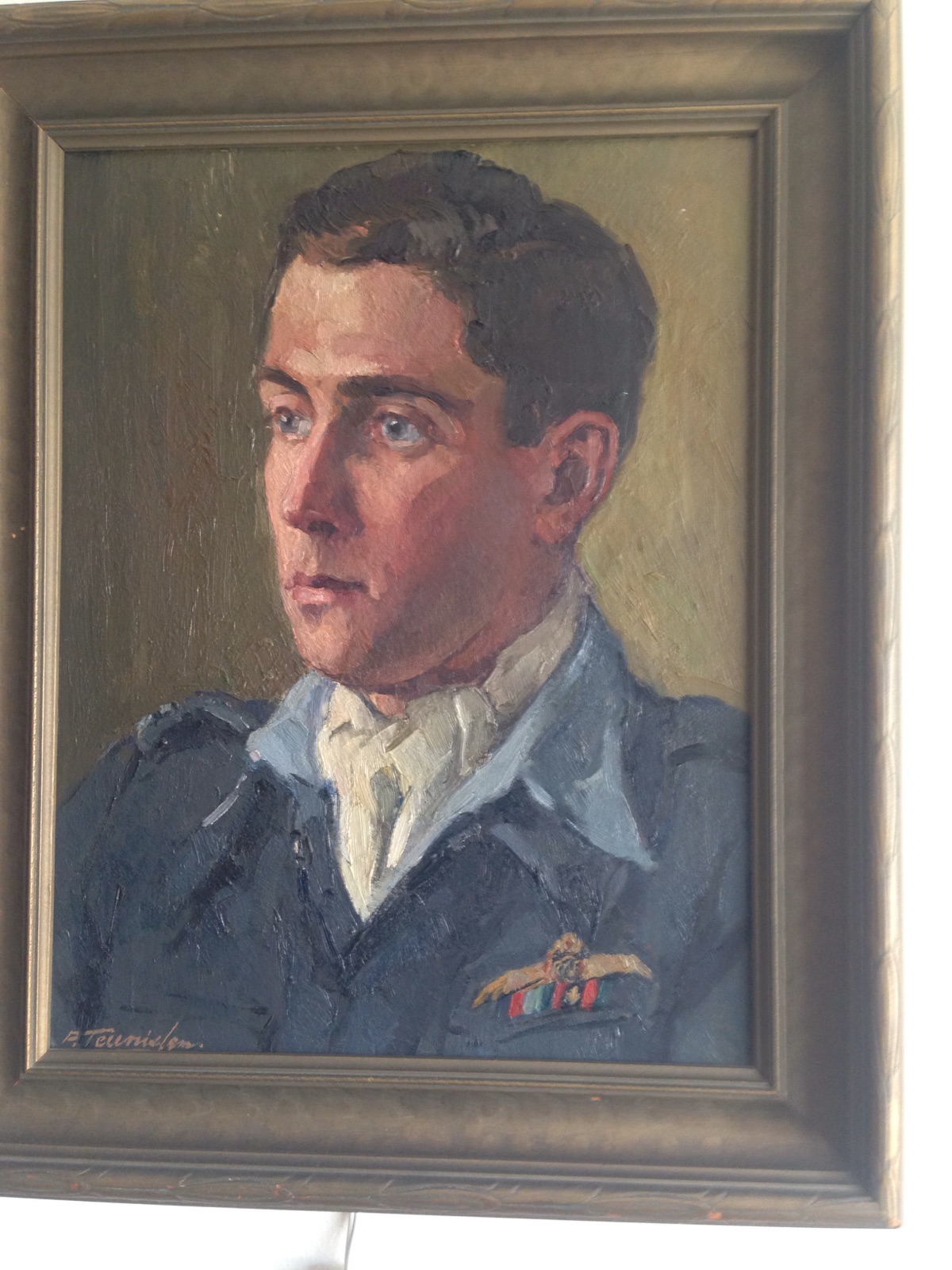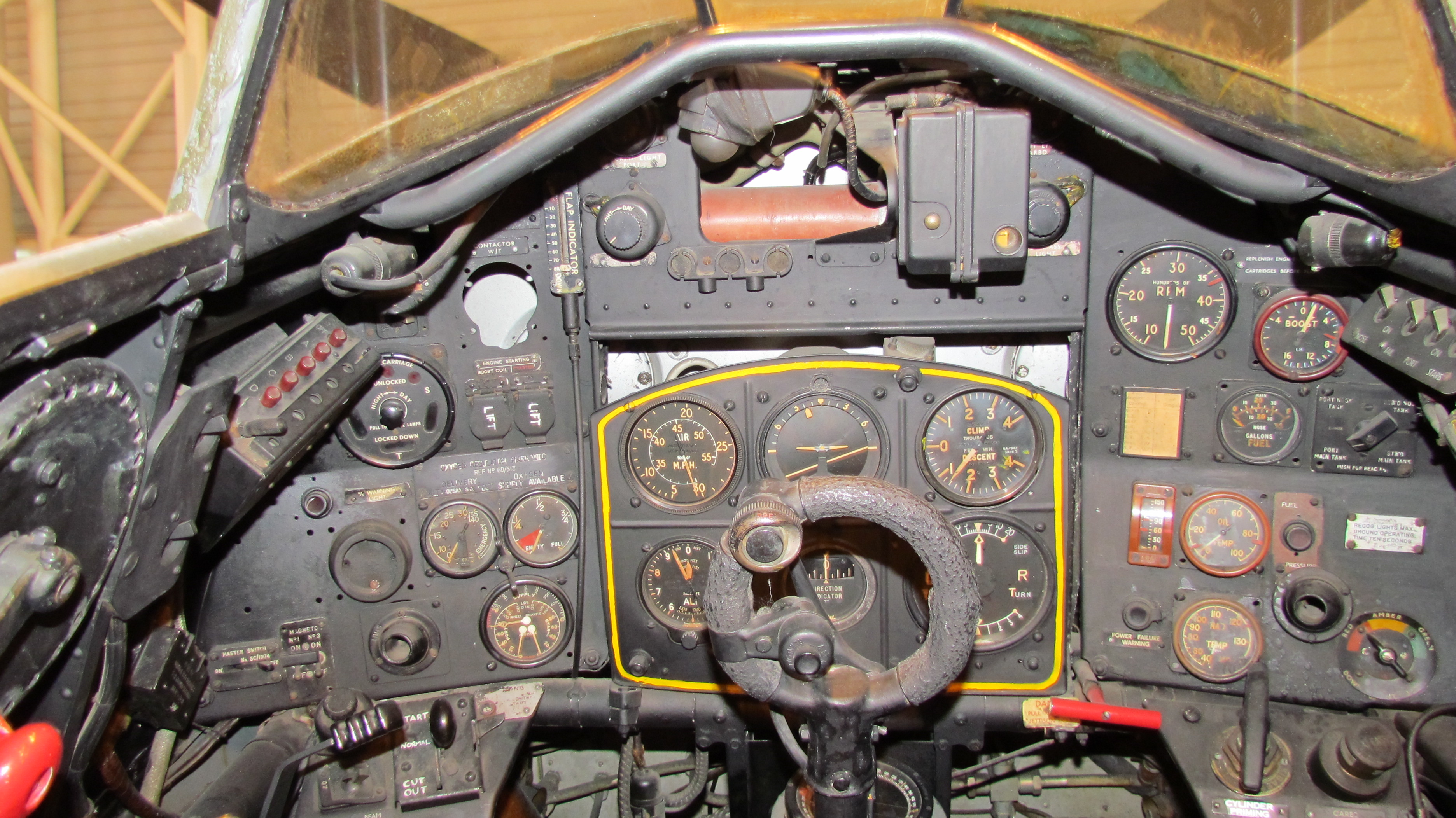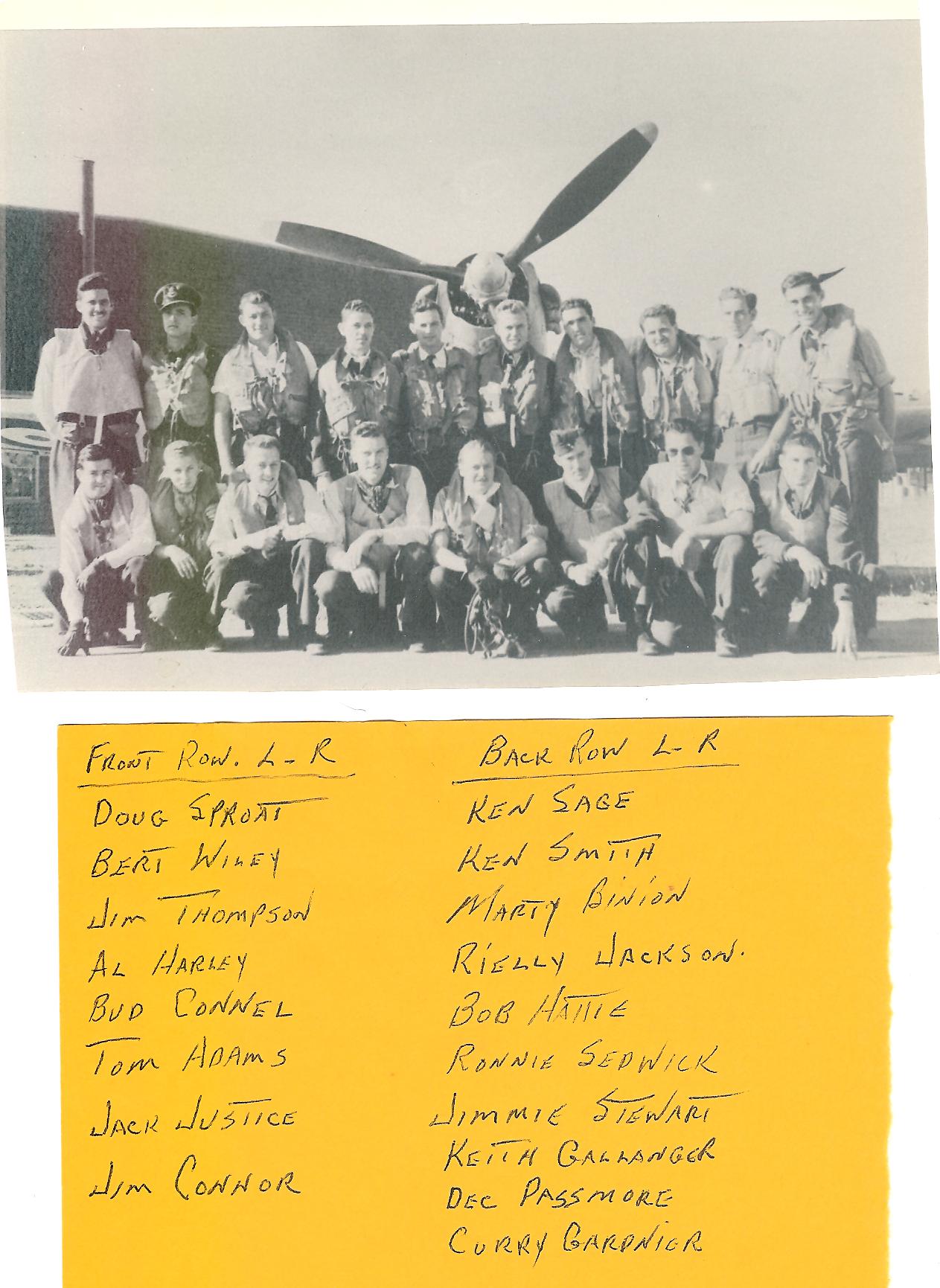-IMG_0014.jpg)




July 16, 1918 - March 15, 2022
-IMG_0014.jpg)




The following information is courtesy of Currie's son, Bob Gardner.
Handwritten, undated notes:
Currie remembers many pilots who were killed in action including Cliff Hicks, John Dewar, John Colvill, Roger McCurdy, Wm. Harry Pentland, Ron Doidge, Francis Crawley, John Cordick, John Lippert, Wm Dunkeld, Duncan Cumming, Don Jenvey, Percy Kearse, Harold Byers, Gerald Passmore, John Warrell, and Clarence Shaver. "Nobody wants to remember seeing their friends being blown up in front of them."
When Currie visited Patricia Bay, he said, "I used to fly here."
Visiting the old war museum in Ottawa, Currie said, "Why would I want to read about the war, when I was there?"
Currie wrote a letter to a nephew. "During our training we learned to fly various aircraft but when posted to an active squadron you flew whatever they had. My active flying hours were in a Typhoon fighter/bomber. We had a 1,000-pound bomb under each wing and four 20-millimeter cannon in the wing. Our targets were bridges, V2 sites, trains, transport, enemy aircraft or anything that moved. I was fortunate in never having to engage in a dog fight with an enemy aircraft because I am not sure I would have won."
He also wrote, "A link trainer was a simulated flight machine. I enjoyed it because I never had to worry about falling out of the sky!"
Another story "Out of Fuel" that Currie shared with his family is as follows: Son Bob says, "In 1944 the squadron was being moved to a new airfield. In flight it was apparent that the squadron was lost and one by one the planes ran out of fuel and dropped from the sky. They were not sure if they were in behind or in front of the German lines. Dad landed his plane in a beet field. He ditched his bright Mae West, he had his revolver and silk map, and scurried into the field to hide and wait for dark. From a distance he saw some men with rifles approaching his plane. Because he could not make out whether or not they were in uniform he stayed hidden amongst the beets and out of sight. Soon dusk came and in the cloak of darkness Dad rose from the beet patch and headed off in what he hoped would be the direction to a small village. He came upon a small home with a light on. He peaked in the window and a young girl was getting ready for bed. With his 45 automatic pistol he lightly tapped on the window. She came over to the window and pulled down the blind. Dad moved on along the road and soon was in a small village. He went to the church and was given immediate assistance by the minister there. He was the first ally to enter the village and the Germans had left only a couple of days before. Everyone was very excited. Some of the townsfolk dug up bottles of brandy from their yards and Dad kissed a baby or two. Every time he took a sip of his coffee they tilted the brandy towards his cup. Dad was very concerned about returning to his unit and with the help of the French resistance he was able to do just that. His plane was left in the nearby field. However when he reconnected with his unit Dad found that some of his fellow pilots had taken their `lost` opportunity to return via Paris. Dad had not been as cunning." At Currie's 90th birthday, the family made up a history board, filled with photographs. A letter about this event was discovered. The letter was sanitized, as Currie's mother was a very religious woman. He wrote, instead of a young woman, it was a cross-eyed man and instead of brandy, the people dug up fruit and vegetables."
"New Year's Day 1945 Eindhoven": "It was New Year's Day morning. Perhaps the Luftwaffe thought an ally airfield would be easy pickings after New Year's Eve. Dad said the attack on the airfield started early. They scrambled for their planes. Dad said he got his plane going down the runaway but explosions from bombs were occurring all around him. He determined that he was not going to make it so he stopped his plane and got out. Just as he reached the side of the runway his plane exploded. He was a bit sore from diving into the ditch but he was alive. At his 90th birthday, a gentleman from Holland was there who had never met my Dad. He was a friend of another guest. When they began to talk they realized that they had both been at Eindhoven. The man from Holland had been a young boy who witnessed the Luftwaffe attack. Also of some interest is that a war correspondent painter caught the Eindhoven runway scene. The painting of the runway at Eindhoven was produced years ago in Maclean's magazine. To this day Dad has a copy of the print in his room. Dad always had a bad knee -- from diving into the crater. In Mclean's magazine, in the 80s or 90s.... there was a picture of a painting by a war painter. Dad got a copy of the print. A character running on the runway -- we decided it was Dad."
Hal Gooding, another Typhoon pilot, and good friend of Currie's, would debate with Currie over Hal's tale. "Dad was a good friend of Hal Gooding who was his Squadron Leader. For years they had heated arguments over Hal's tale. At some point Hal claims that Dad turned his plane into Hal's tail with Dad's propeller clipping the tail. Dad always claimed that Hal swung his tail into Dad's propeller, as they were taking off. This argument was never resolved. Hal passed away a few years ago. He, too, had been at Sunnybrook where Dad is. The Goodings were good friends of the Gardners. Dad would talk more about this story than any other. It was harmless. No one was getting killed in this story."
"Going to School": "After the war he joined the RCAF reserve. He had to re-qualify as a pilot and on one of his training flights his instructor blacked out the cockpit and had Dad fly by his instruments only. He told Dad to put the plane into a dive. Dad complied. As they were diving the instructor unblocked the cockpit and what Dad saw amazed him. He was diving toward the campus of McMaster University. Below students were running in every direct direction. He pulled out of the dive and they returned to base. Once they had landed and were leaving the plane the instructor was stopped and told that the Adjutant wanted to see him immediately. Dad said they never saw the instructor again and assumed that the university was not amused and had complained. This was Dad's post war story of going to school."
Bob says, "Dad was from Hamilton, Ontario. He attended McMaster -- Political Science. He wanted to be an architect, but that did not happen. He didn't even try. People came back from the war, wanted to get on with life. Dreams were put aside. He worked for Bell Canada, then RCAF Reserve, and Canadian Electrical Manufacturers Association. Then Ontario Gov't Ministry of Health as a statistician. Dad and Mom met each other before the war, went their separate ways then met up again after the war."